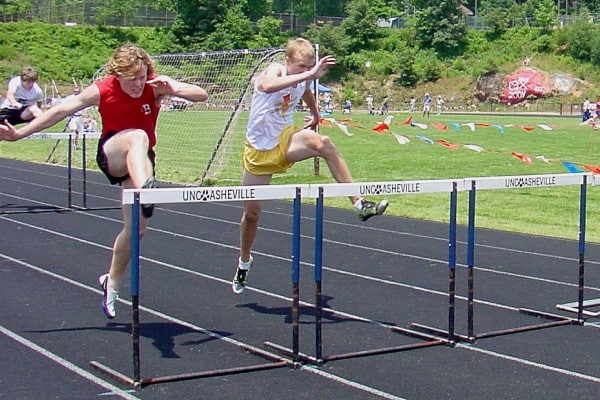Technology has long become an integral part of sports. From ensuring accurate results to enabling the sportsmen improve their performance, technology has already been extensively used. However, what is rather different about London Olympics 2012 is that it is actively making use of mobile technology in a lot of sports.
Before this, mobile technology hasn’t been used on a large-scale in an international event. However, the changing trends show the significance of the mobile technology and how it holds the key to the future. During Olympics 2012, the technology is actively being used in the following sports:
Diving and Swimming:
According to the Canadian diving coach, Aaroh Dziver, iPad has invaded the pool. He further elaborated that nearly every other coach uses iPad to record and analyse the performance of his diver. He said, “When we have a video that can back up a statement by a coach, that really helps the diver understand what needs to be done on the next repetition.”
While most coaches can easily analyse the dives through a $3 iPad app called Baseball Coach Plus HD, other institutions have spent massive fortunes to incorporate technology into diving and swimming. For instance, the Australian Institute of Sport (AIS) is spending $17 million to equip its aquatic facility with cutting-edge technology.
This has allowed the Australian swimmer, Leisel Jones, to significantly improve her performance. According to Oldham, “all the parameters of her performance from the force she pushed off with, the angle which it was applied, her angle of flight through the air, the distance she went before entering the water, the angle of her entry and the depth to which she dived can be seen on the tablet.”
Field Hockey:
The use of mobile technology, specifically iPad tablets, is quite common in games involving individuals. However, it is also being used in team sports. One example of this is the field hockey.
Indian male hockey team’s coach, Michael Nobbs uses an iPad to replay different game moments and then devise game strategies for his team with the help of different apps. The players are also on board with this use of technology since each of them was recently awarded an iPad.
Track and Field:
Mobile technology has also become an integral part of sprints and hurdle races. For instance, the U.S. hurdler Lolo Jones has been practising for the big event with a lot of reflective stickers attached to her body. These stickers let the motion capture cameras capture her races at 2,000 frames per second, thus letting her trainer know exactly how was she running at a particular second.
Referring to this rather jocularly, Jones says, “I’ve heard people say that the track athlete with the best scientists usually wins.”
Sailing:
Sailing is a rather expensive hobby. It requires expensive equipment, including pricey boats and no cheap training. Naturally, when so much money goes into a sport, those who are a part of it want it to use the best of technologies. Now, the sailing team from Germany is making use of GPS tracking data from each of the boats and buoy to discern its timings and to improve them. They are using this data in conjunction with certain iPad apps.
According to the director of Sailing Team Germany, “We are getting away from guesswork towards factual knowledge, because now we have analytics tools that visualize how the race happened accurately. Although intuition will always play a large role in sailing, we are now adding facts to it and we become much more effective that way analyzing our performance.”
Courtesy: ZDNet
[ttjad keyword=”iphone”]






